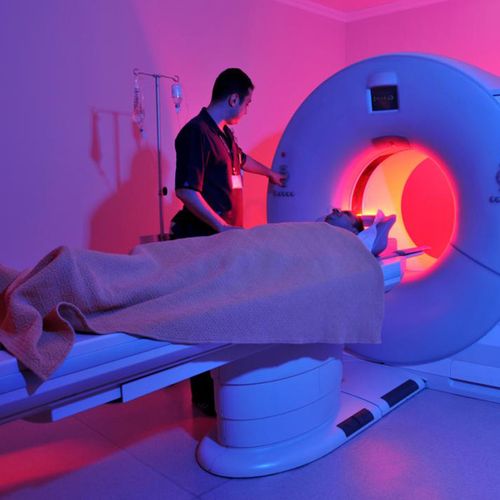In the critical hours after a stroke, pictures of the brain using magnetic resonance imaging (MRI) give doctors more valuable information than computerized tomography (CT) scans, according to a study.
Fault With The Standard
CT scans—the standard brain-imaging technique used in emergency rooms when stroke is suspected—can quickly show whether a brain hemorrhage has occurred, says study co-author Dr. Jeffrey F. Saver, a professor of neurology at the University of California, Los Angeles, Medical Center.
The problem is only approximately 15% of strokes are the result of a burst blood vessel that causes a hemorrhage, Saver says. The others are caused by ischemia, the blockage of an artery by a blood clot.
The Study
Both MRIs and CT images were obtained from 200 patients who were admitted to hospitals with signs of stroke.
The study was cut short when the analysis showed that MRIs were detecting problems that CT scans were missing, such as acute bleeding caused by ischemic damage. The MRI images showed bleeding in 71 patients, while CT scans showed bleeding in only 29 patients.
Both imaging techniques were equally effective at detecting major bleeds, which were found in 25 patients. But MRI scans showed chronic bleeds—often very small-in 49 patients. These chronic bleeds were missed by CT scans.
"MRI scans are much more informative about early ischemic injury to the brain. They allow physicians to arrive at a diagnosis more quickly Iso they can select the best therapy," says Saver.
Implications
The finding has already started to change medical practice, says Dr. Chelsea S. Kidwell, co-author of the study and an associate professor of neurology at UCLA. "Already, many academic stroke centers are doing both MRI and CT," she says. "Because of our study, they can be comfortable in eliminating CT."
Researchers must now find evidence that the use of MRIs to quickly identify the cause of stroke improves the ultimate outcomes for patients, Saver says. Studies show that selecting patients for aggressive treatment based on MRI testing three hours or more after a stroke occurs improves the outcome, he says. Large-scale studies to show that earlier use of MRI will have the same beneficial effect are under way.
Don't Delay When a Stroke Strikes
Quick action is essential when someone is having a stroke.
The treatment for ischemic stroke—which occurs when a clot or blocked artery cuts off blood flow to part of the brain-is usually effective only when given within three hours of the first symptoms. Here are five warning signs of stroke that indicate a person needs immediate medical attention…
- Confusion or trouble understanding.
- Numbness or weakness of the face, arms or legs, especially when it is located on one side of the body.
- Trouble with vision in both eyes.
- Trouble walking, dizziness or loss of balance or coordination.
- Severe headache that seems to have no apparent cause.
Even if a person has just one of these symptoms, call for emergency help. If a person is having a stroke, he or she may not understand what is happening or may not be able to call for help himself.
